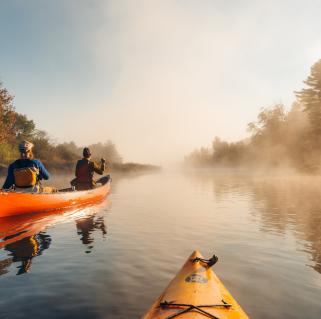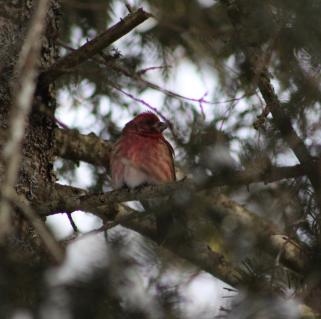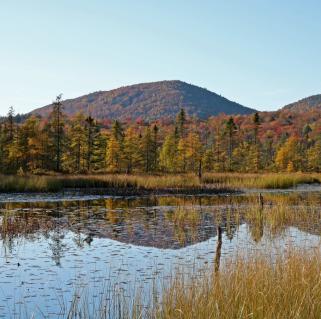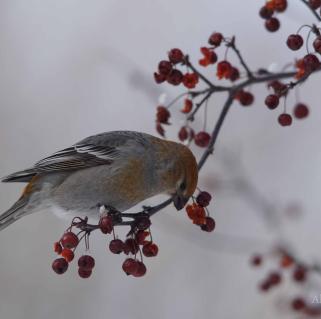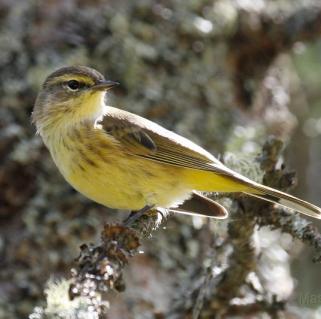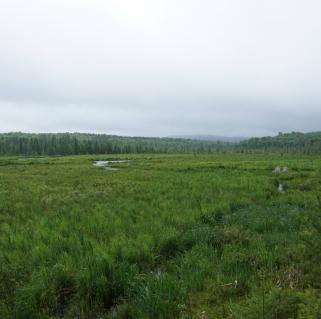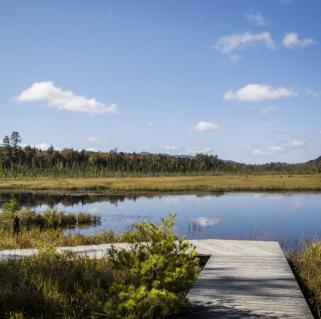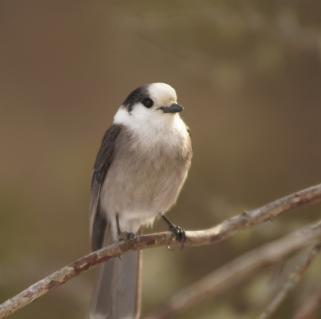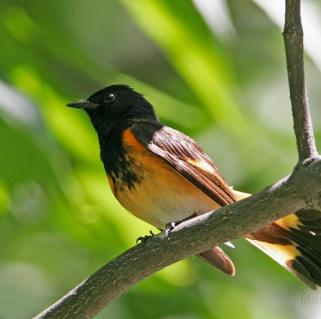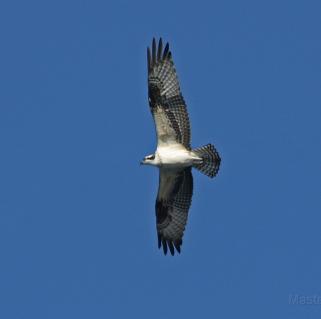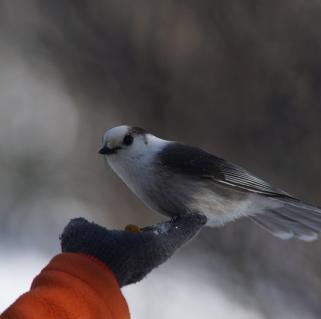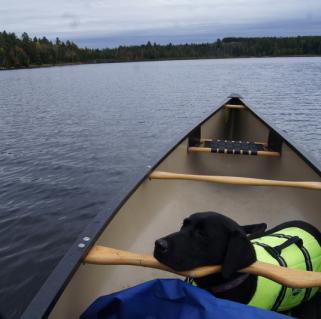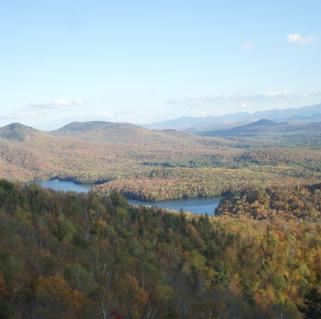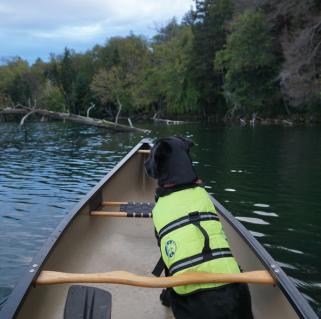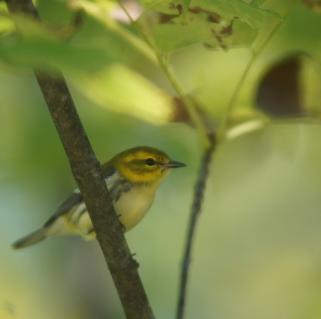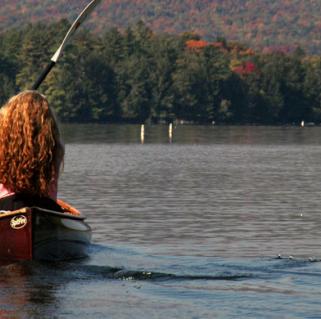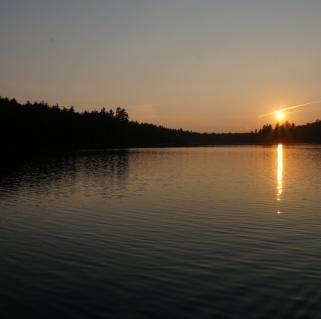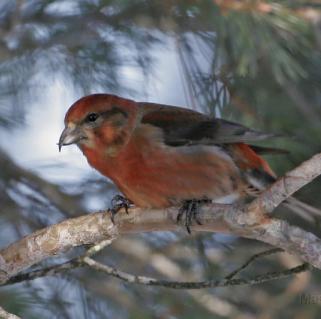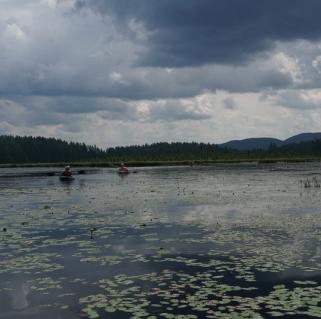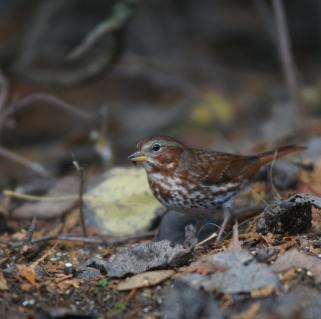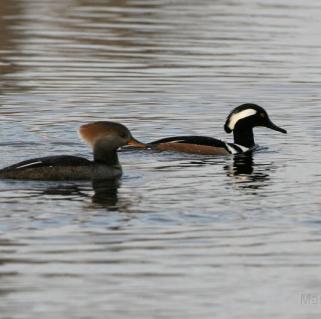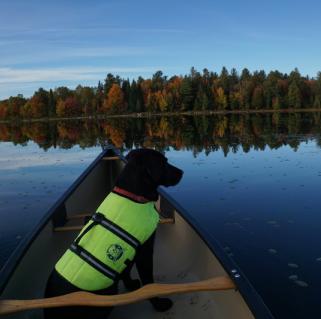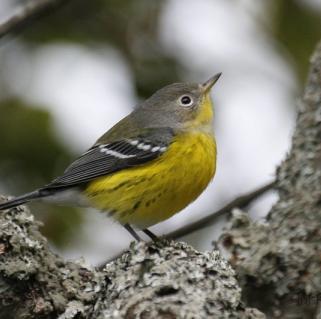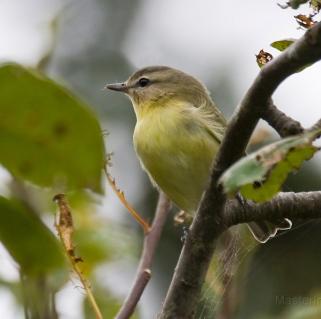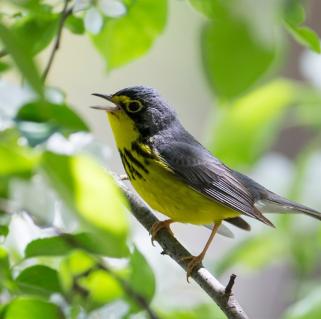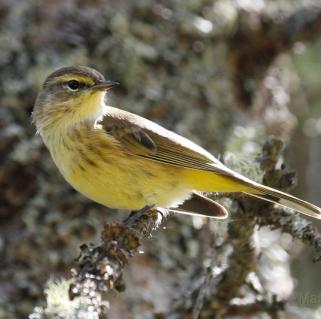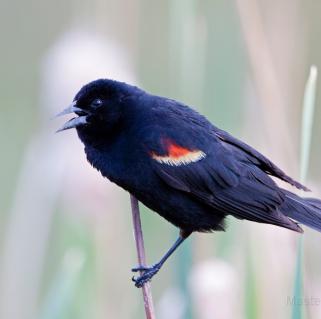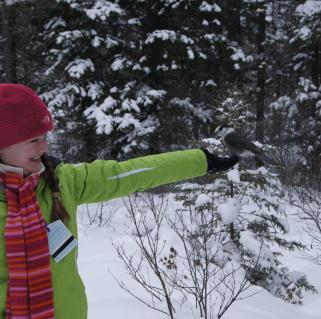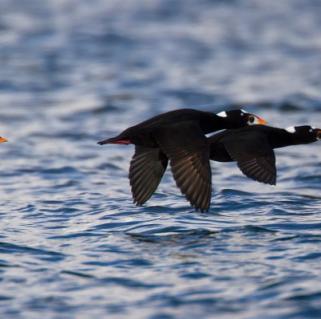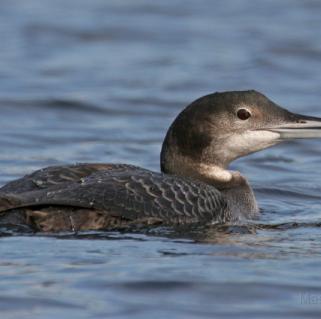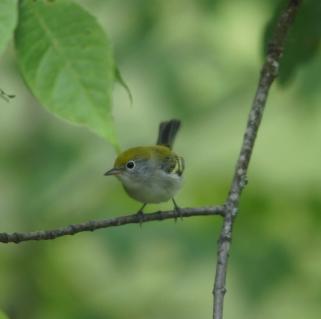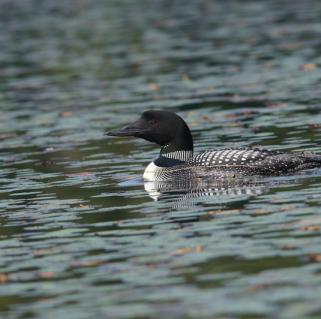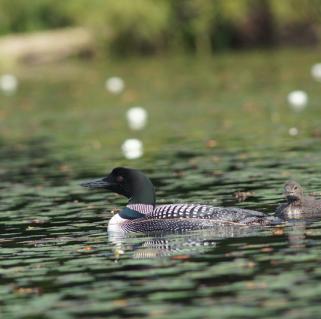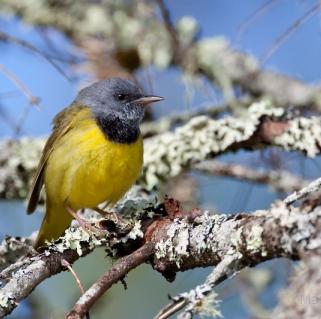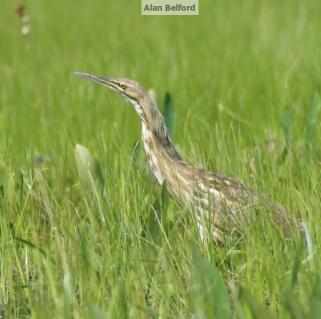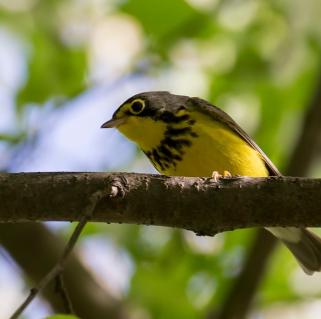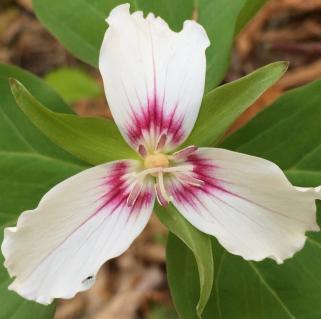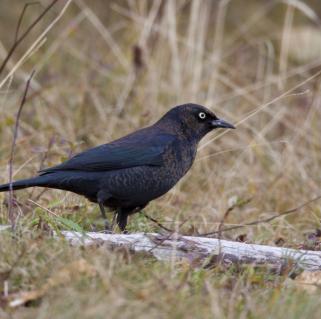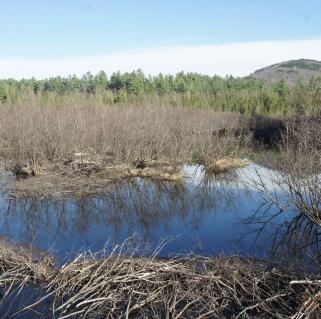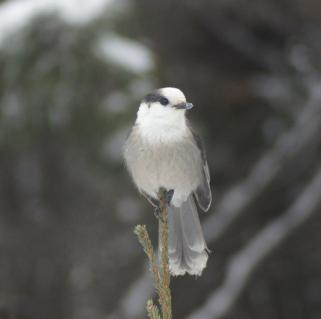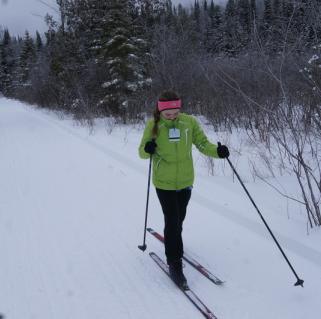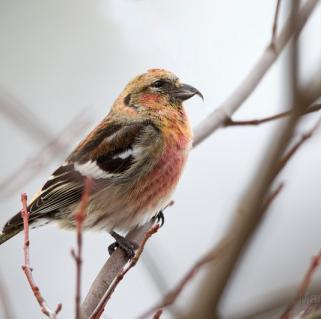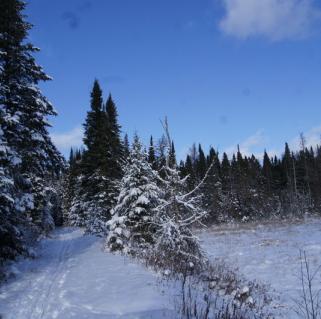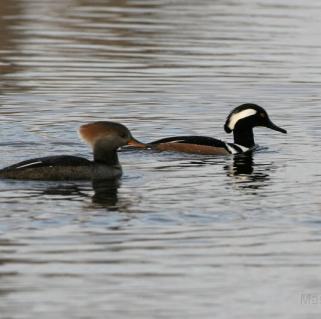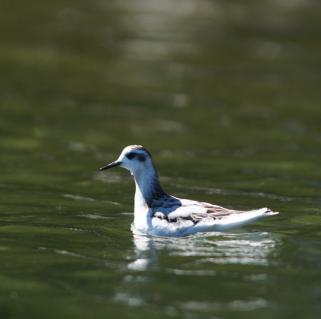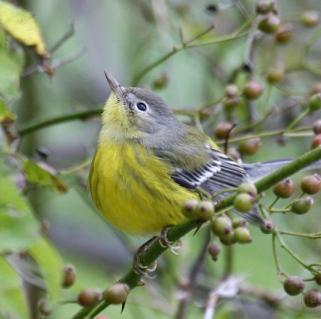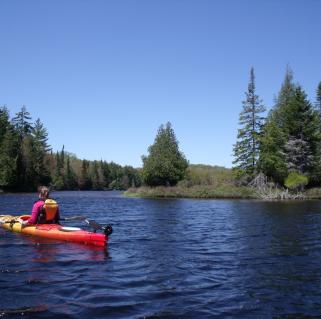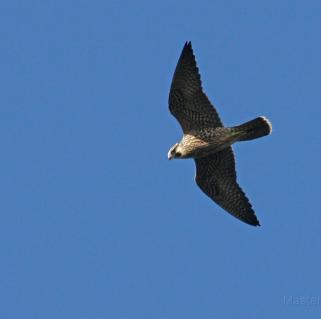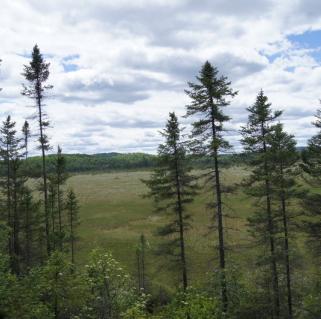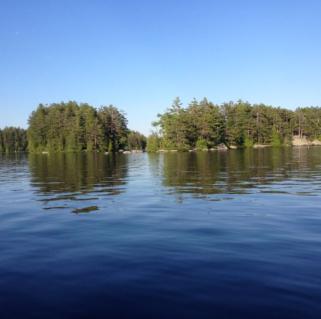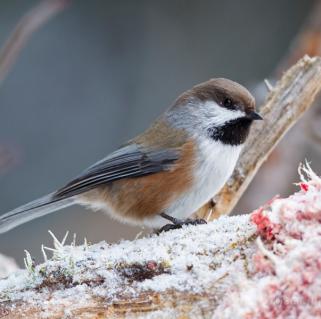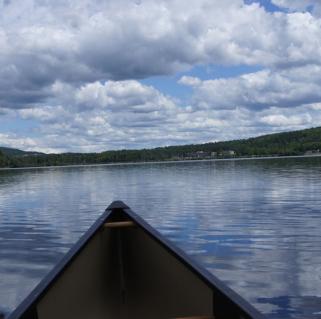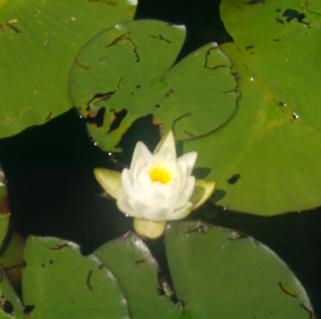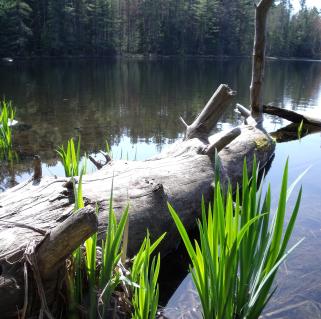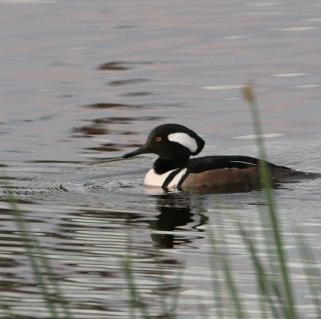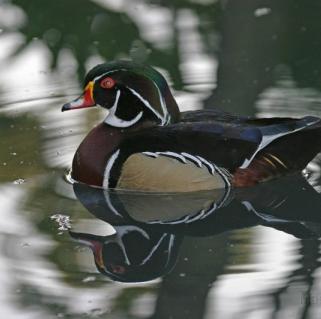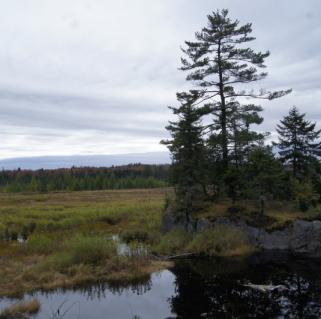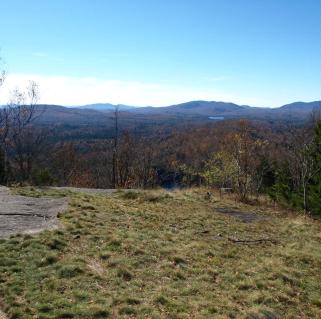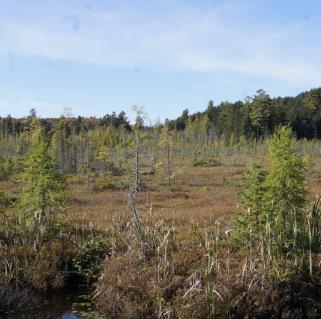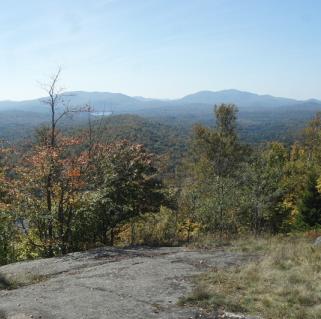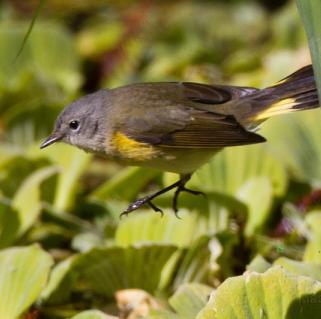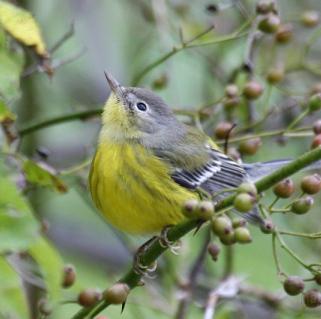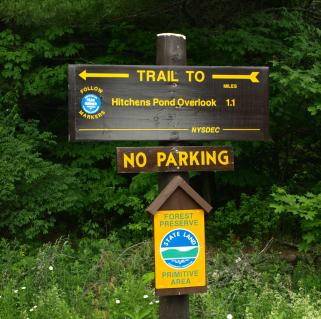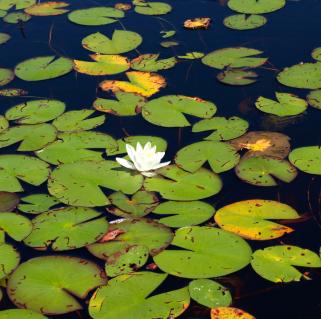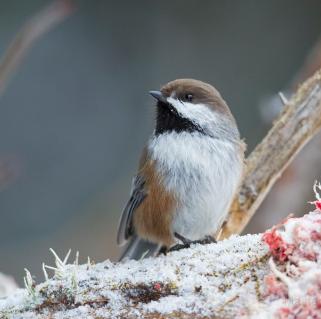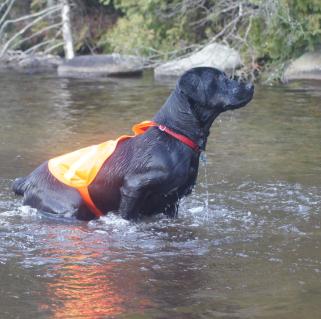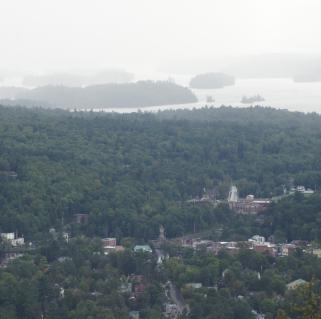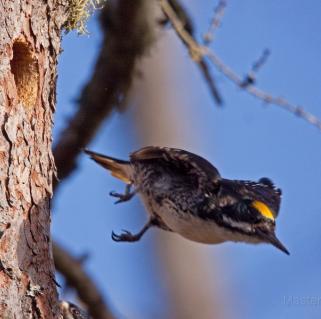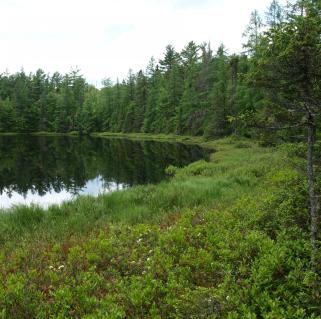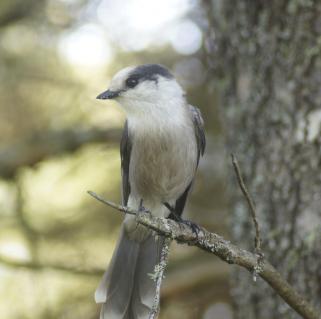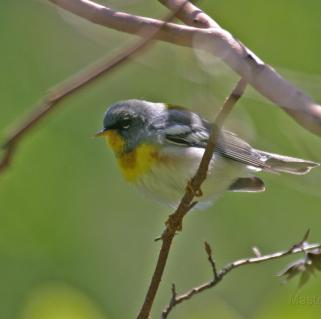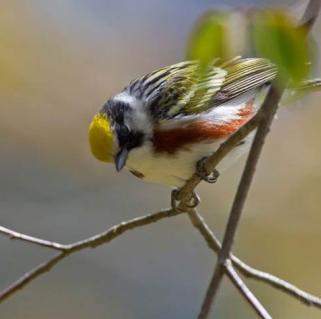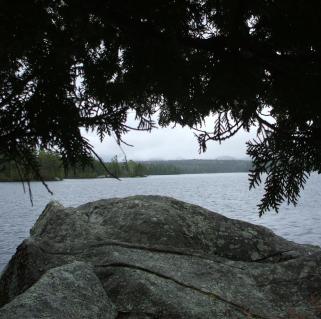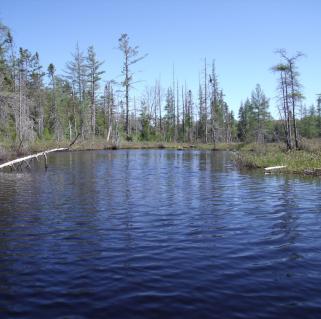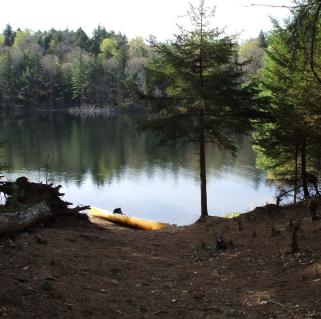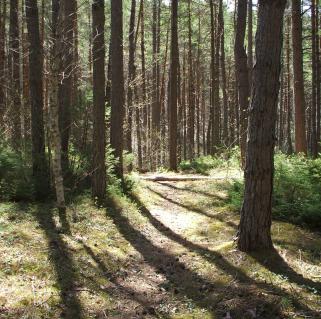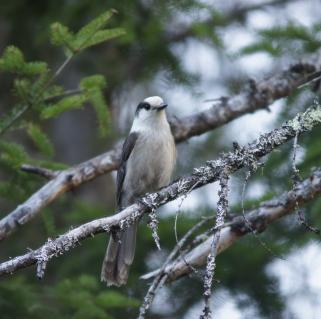Pamela Merritt
June 04, 2015
Golf and the Adirondacks have had a long and passionate relationship. By the turn of the 19th century, luxury resorts and Great Camps were springing up all over the Adirondack Park. Golf courses soon followed, and Saranac Lake has just the right kind of terrain.
Golf in the United States can be traced back to 1828, when Charles B. Macdonald returned from college in Scotland with a set of clubs. He knew someone with part of their lakefront estate just lying around, and in 1828, in Lake Forest, Illinois, he used it to lay out seven informal golf holes. The game gradually spread in popularity until, by the late 1890s, golf courses were springing up everywhere there was enough land and interest.
1901 was a pivotal year. The Professional Golfers' Association of Great Britain & Ireland was established, soon to be known as the PGA, and the Saranac Inn Golf & Country Club was established.
where the elite meet
In 1864 it was known as the Prospect House, a very small hotel with 15 guest capacity. But its location in a lovely area, and proximity to many popular Great Camps, expanded its reputation, and in 1886 it was renamed Saranac Inn. The Mohawk and Malone Railway opened in 1892, making Saranac Inn an accessible destination from major east coast cities. A group of investors expanded to 250 by 1909. Once the main hotel was expanded, and with the addition of highly popular lakeside cottages and platform tents, it was known for being able to house one thousand guests.

It was the Place to Be. President Grover Cleveland had a summer home there. There were habitual visits from President Chester A. Arthur and New York Governor Charles Evans Hughes. Members of the Colgate and Whitney families mentioned the weight of their trout catches in the New York Times society pages. A golf course was the inevitable next step. To design it, they got Seymour Dunn.
He was the third generation of a famous Scot golfing family. His grandfather, Willie Dunn, Sr, was a championship level professional golfer and keeper of the greens at Blackheath. His father, Tom Dunn, had four top-10 finishes in the Open Championship and built golf courses before there was heavy earth moving equipment to help. He was a leader in a new trend in golf course architecture, moving away from the slopes of coastal areas into more inland locations.
Seymour Dunn was 15 years old in 1897, when he laid out a nine-hole course at Lawrenceville School in New Jersey. Only a couple of years later he was appointed pro at the Societe Golf de Paris. He would go on to lay out several European courses in Belgium, France, and Italy. He wrote a book on the "perfect swing," called Fundamentals of Golf, which is still highly regarded, and in print, to this day.
He considered the Saranac Inn Golf and Country Club as his finest work.

an eye for natural shapes
This course is fully irrigated with bent-grass greens, dating from a time when such amenities were not that common. This was a time of new invention and hotly debated design. Goodrich invented a rubber-cored golf ball with a lively center made of compressed air. The "Pneu-matic" was popular for those long drives, but also tended to explode. Walter Travis becomes the first American to win the British Amateur, but he used a center-shafted putter known as the Schenectady, later banned by The Royal and Ancient Golf Club of St Andrews and defiantly kept by the USGA.
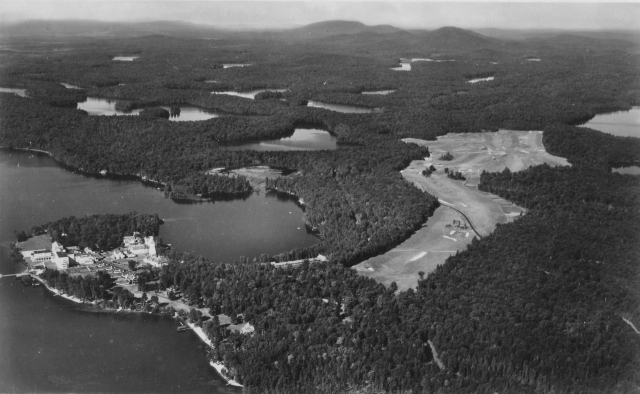
New powered equipment allowed the golf course architect more latitude in their designs as the century progressed, yet now critics have downgraded the more heavily designed sites and embraced the more natural approach of early 20th century courses. Saranac Inn is known as one of the most beautifully maintained and highly challenging resort courses in the northeast, with a tantalizing mix of long and short holes. It is one of only four US courses of a century or older in age that have received four and a half stars by Golf Digest.
Holes: 18
Par: 72
Yards: 6,631
The course takes advantage of elements of Adirondack geography which mirror golf's birthplace in Scotland. The rugged terrain, abundant water features, and lushly wooded forests are very similar. The balsams that line the course provide their characteristic tang to the sweet mountain air.
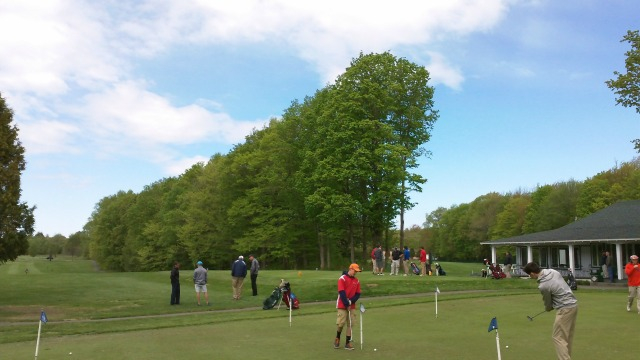
a course that beckons and tricks
The first hole is par 4, 404 yards, and famously demanding. It plays into the wind with a bunker on the left and out of bounds along the right, with the hole on a two-tier green with severe slopes front and back.
The course continues in classic Scottish fashion by using the natural terrain to provide challenges. The third hole (par 3, 129 yards) offers a birdie only for those willing to venture an uphill putt. The fourth and fifth hole build in some natural help with a long sloping fairway which shows off the fast and well-bunkered greens, and finally, a long drive into the prevailing wind.
The sixth hole (par 4, 384 yards) asks for a slight dog leg left and has a shallow green which slopes front and back. Bunkers await the unwary.
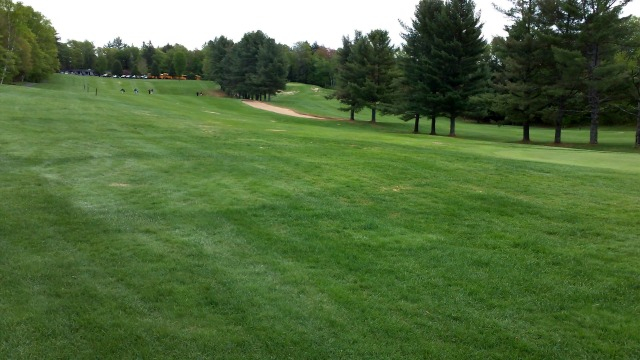
While the Scottish layout has been untouched since its inception, playing conditions have been improved with modern maintenance techniques and equipment. A proud boast is that the bent-grass tees are kept so finely one could almost practice putt there.
The seventh hole is a long par 3 despite being only 223 yards. It's a shallow green protected by a grassy knoll which fools the eye. Believe that yard marker!
Eight is a local favorite that can yield a lot of birdies when its challenges are handled properly. An elevated tee through a tall tree chute with a bunkered fairway and an uphill putt will make a golfer work for it. Nine and ten are back to back par fives. This requires a cool head because of the three tiered green with bunkers and the beckoning out of bounds beyond.
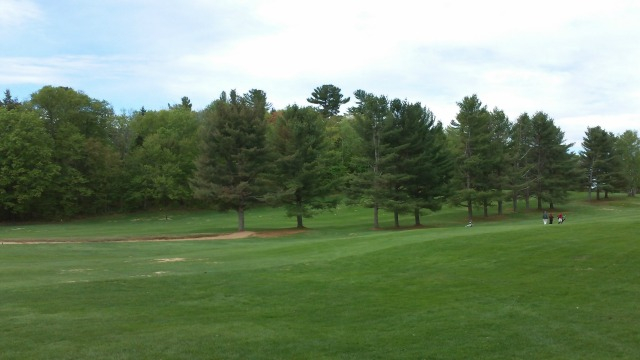
The next three holes are par fours. Fiendishly placed trees, a bunker some twenty feet below the putting surface for a severe run on the green, then a blind uphill shot to a large protected green, closing out with a flat, but blind, fairway. Keep that head down!
But Seymour Dunn saved the best for last. Don't get overconfident, because these last holes are highly strategic and also a bit sneaky in approach. The sixteenth, a par 3 in 196 yards, is considered the course's signature hole. Visually stunning and quite challenging, requiring a long iron or a fairway wood and a follow through that won't drop short. The seventeenth, a par 4 at 430 yards, requires a bit of a fade off the tee. Disaster can appear in the form of bunkers that stretch the length of the green. The par 5 eighteenth is a dramatic closing hole requiring three great shots with fussy placement to make par.
Which will feel like a birdie.
Now it's off to the clubhouse to figure out how to do better next time. An extraordinary course with challenging settings, all nestled in a gorgeous wilderness, make for quite the round of golf. If Mr. Dunn were to come back to play a round, he would be very happy with his ultimate creation.
Explore more golf. See the latest in Saranac Inn's golf packages. There's a wide variety of lodging.
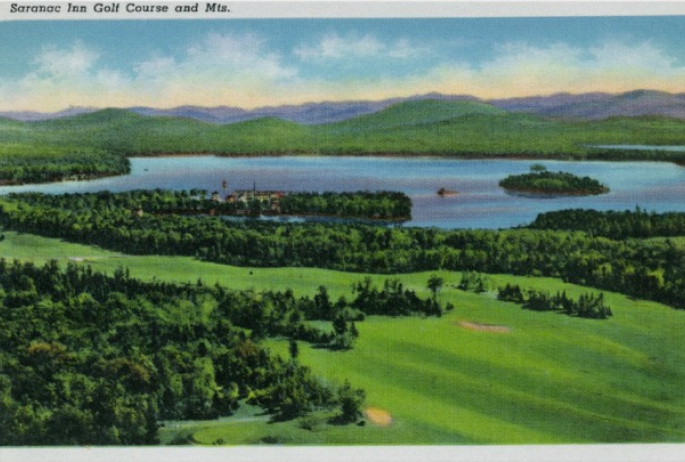
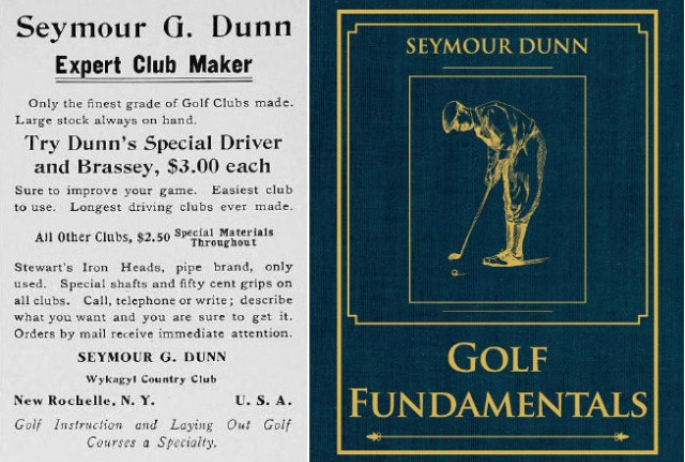
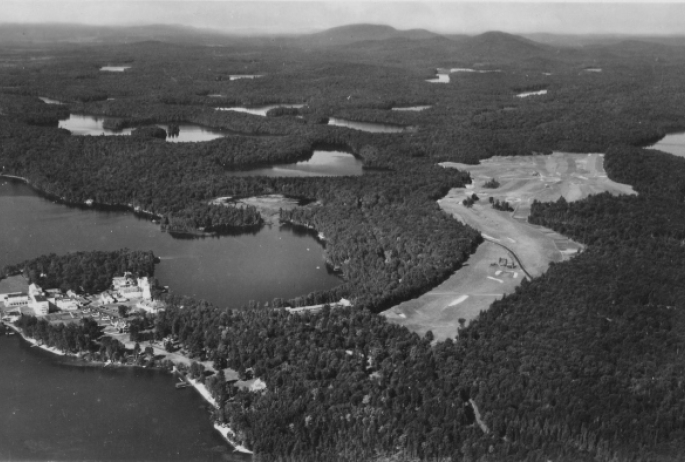
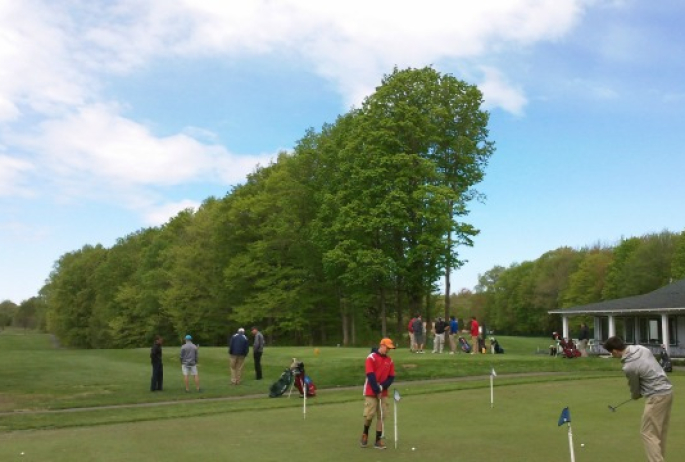
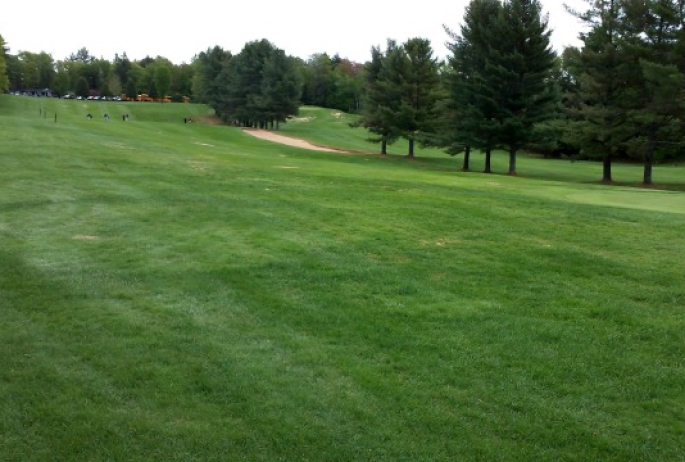
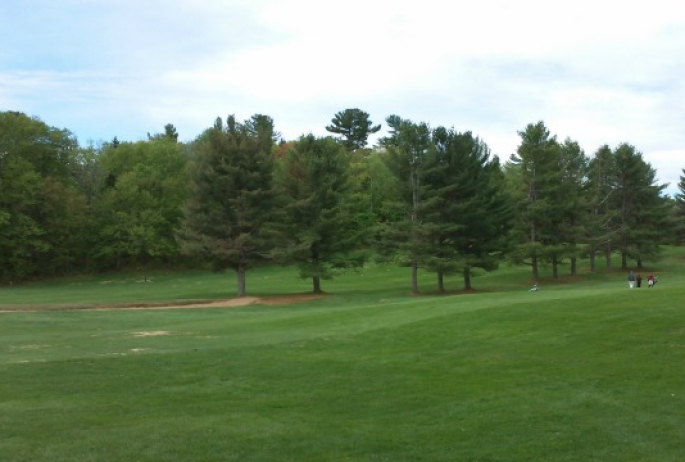
Packages and Promotions
Valid Dec. 1
- Dec. 1
Valid Dec. 1
- Dec. 1
Linger Longer in Saranac Lake
Best Western Saranac Lake
Linger Longer in Saranac Lake at our supremely located property, Best Western Saranac Lake. Stay 2 nights or more and get 15% off!
Valid Jan. 16
- Mar. 31
Valid Jan. 16
- Mar. 31
Hotel Saranac Sled & Spoke Package
Hotel Saranac
Snowmobile Package Hotel Saranac and Sara-Placid Sled & Spoke have partnered so you and a guest can explore dozens of miles of ADK snowmobile...
Valid Jan. 16
- Mar. 31
Valid Jan. 16
- Mar. 31
Hotel Saranac Ski & Stay Package
Hotel Saranac
Stay & Ski Package Stay at Hotel Saranac and Ski Titus Mountain Day or Night Package Your room reservation includes one adult lift ticket....
Valid Jun. 20
- Sep. 7
Valid Mar. 12
- Jun. 30
Guided Nature Immersions - 10% off for Pre-Season Registration
Adirondack Riverwalking & Forest Bathing
Picture it now...you are wading the Ausable River on a warm summer day, feel the cool water against you, hear the sounds of the birds and the...
Valid Jan. 21
- Mar. 31
Valid Jan. 21
- Mar. 31
Titus Mountain Ski Package
Voco Saranac Lake
Enjoy your stay at the award winning voco Saranac Lake which includes two adult lift tickets at Titus Mountain Family Ski Center. Additional...
Valid Jan. 21
- Jan. 21
Valid Jan. 21
- Jan. 21
Stay and Dine
Voco Saranac Lake
Receive a 50 dollar credit per stay to use in our Boathouse Saranac Lake Pub. Enjoy an exceptional dining experience with unparalleled views great...

